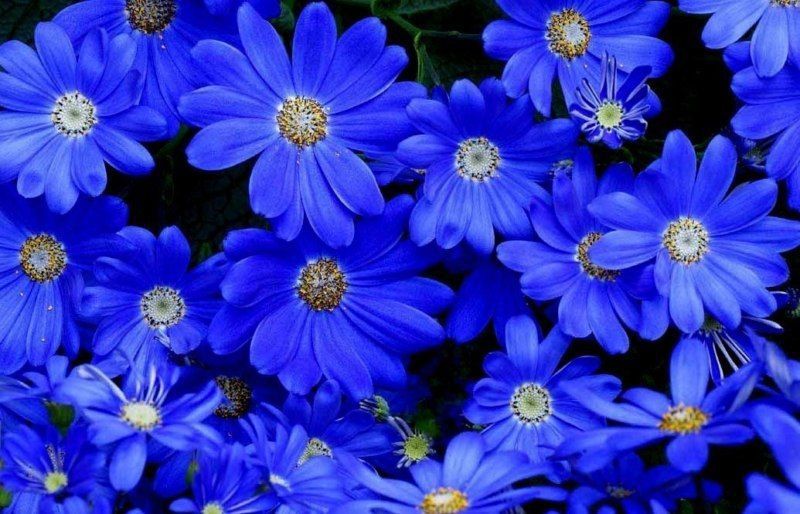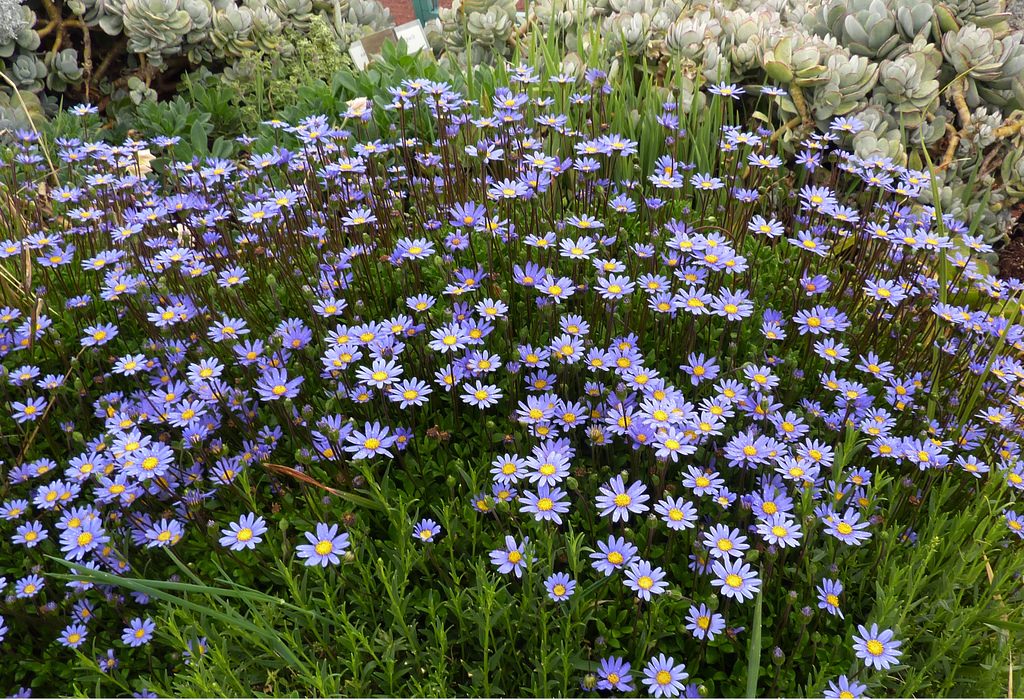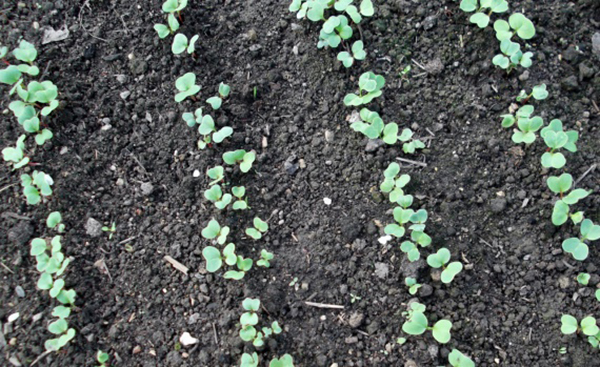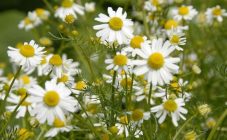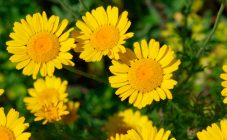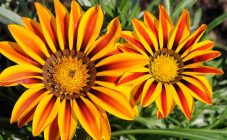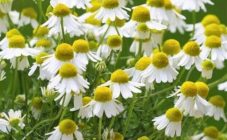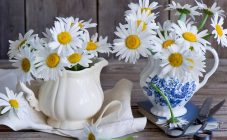Content:
Blue daisies are a decoration for any garden. Few growers know the correct name of a flower and how to care for it, you can find out about all this below.
Brief description of culture
Blue chamomile is a plant of South African origin. Gardeners often forget the correct name for this culture - felicia. This flower belongs to the Asteraceae (Compositae) family. At home, perennial blue chamomile grows in the wild; in Russia, this South African plant is cultivated as an annual.
Chamomile garden blue looks great in flower beds with yellow flowers. Its inflorescences are used for the preparation of cosmetics. The essential oils that make up the composition have a beneficial effect on the skin of the face.
Plant characteristic
This plant resembles a white garden chamomile with its petals. The flowers are blue, sometimes with a purple tint, with a yellow center.
The culture is low, about 25 cm in height, covered with small leaves, which are practically invisible due to the inflorescences. The diameter of the flower does not exceed 5 cm. A characteristic feature of this culture is bushiness, since chamomile grows rapidly in breadth. Flowering is profuse and long lasting.
Cultivars
In Russia, 2 varieties are grown - Amellovidnaya and Berger. Amelloid chamomile is listed as a perennial, although some growers only grow it one season. Can grow up to 50 cm in height, flowers are turquoise in color.
Berger, the second name is Tender, grows up to 20 cm in height, blooms profusely with blue flowers with a yellow core.
Planting and leaving
Chamomile is best propagated by seed. It is allowed to sow them in open ground, but it is also possible for seedlings.
For seedlings, seeds are planted in March. Before that, they need to be kept in the refrigerator for about 3 weeks. Planting in open ground is done in mid-May. For this, pits are prepared in the soil and seeds are sown there, 3 pcs. The holes are made at a distance of 30 cm. Seedlings will appear in 14 days if the temperature is around 20 ° C, and flowering will begin in 6 weeks.
Further care for this flower consists in regular watering. Dry soil is a sure sign that a plant needs moisture. In drought, watering is increased. Chamomile planted in containers should be irrigated regularly.
Dry stems and flowers must be picked off. Summer residents recommend pinching the plant to stimulate the appearance of new flowers.
Chamomile needs feeding once every 3 weeks. For fertilization, complex formulations for ornamental crops are suitable. Thanks to them, the flower will be resistant to the first frost, this will not affect its flowering. But it is important to remember that too fertile soil can stimulate the growth of green mass at the expense of flowers.
Diseases and pests
Among the diseases, it is worth highlighting powdery mildew. Of the pests, this chamomile is loved by aphids and spider mites. You can fight them with fungicides and insecticides.
Felicia is a beautiful plant that even a novice florist can grow. You just need to make a minimum of effort!
